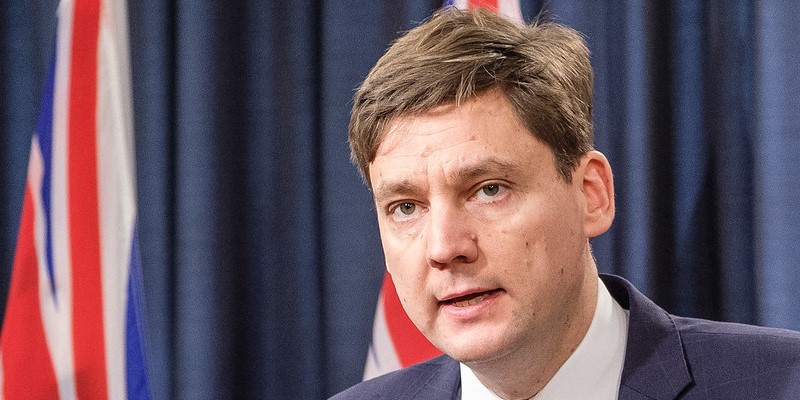Alberta and B.C. budgets represent two different approaches to government finances

In its recent budget, the Alberta government promised a new approach to provincial finances, with spending restraint and limited debt accumulation. While there’s still work to do, this is a far better approach than the reckless spending and massive debt accumulation of the British Columbia government.
The Smith government projects a $367 million surplus in 2024/25, followed by two more surpluses of $1.4 billion in 2025/26 and $2.6 billion in 2026/27. The government plans to use these surpluses largely to pay down debt, so although provincial net debt (financial assets minus liabilities) is expected to rise slightly in 2024/25 due to increased long-term capital spending (e.g. schools and highways), the debt is projected to decrease 4.1 per cent ($1.7 billion) from 2023/24 to 2026/27.
Alberta’s strong fiscal outlook is largely driven by historically high resource revenues. But while the government plans to increase program spending (total spending minus debt interest costs) nominally over the next three years, spending will grow at a slower rate than population growth and inflation—meaning spending will decline on an inflation-adjusted per-person basis.
The Smith government still must better align spending with stable revenues, but this is an important step in the right direction.
By contrast, B.C.’s 2024 budget projects a $7.9 billion deficit in 2024/25 followed by deficits of $7.8 billion in 2025/26 and $6.3 billion in 2026/27. These deficits, combined with borrowing for capital projects, will drive a projected $55.1 billion (74.7 per cent) increase in provincial net debt from 2023/24 to 2026/27. As a result, the level of net debt projected in 2026/27 ($128.8 billion) is nearly triple the level recorded in 2019/20 ($46.9 billion).
These deficits are due to a substantial increase in provincial spending by the Eby government. Indeed, similar to Alberta, B.C. has recently enjoyed an unexpected surge in revenues, but unlike the Smith government, the Eby government has shown no spending restraint.
From 2023/24 to 2025/26, revenues in B.C. will be a projected $2.0 billion higher than the government projected in last year’s budget, yet the plan for spending over that same period increased by $13.2 billion. For comparison, the Smith government also increased spending in these years relative to its 2023 budget, but did so by $2.1 billion less than the increase in revenues.
In other words, for every $1 of additional revenue enjoyed by both provinces, the Eby government increased spending by more than $6 compared to 79 cents for the Smith government.
The consequences of B.C.’s approach are clear. By spending far outside its means, the Eby government will saddle future generations of British Columbians with tens of billions more in debt that must be financed through taxes. For perspective, debt interest payments will nearly cost a projected $1,000 per British Columbian by 2026/27—that’s taxpayer money no longer available for programs or services. Moreover, continued deficits weaken the government’s ability to deal with future challenges (such as an economic downturn) without taking on more debt and driving up interest costs.
The Alberta and B.C. budgets provide examples of two different approaches to government finances. While there’s more to be done, Alberta is moving in the right direction to help prevent debt accumulation. On the other hand, B.C. is massively increasing spending and debt, to the detriment of British Columbians now and in the future.

